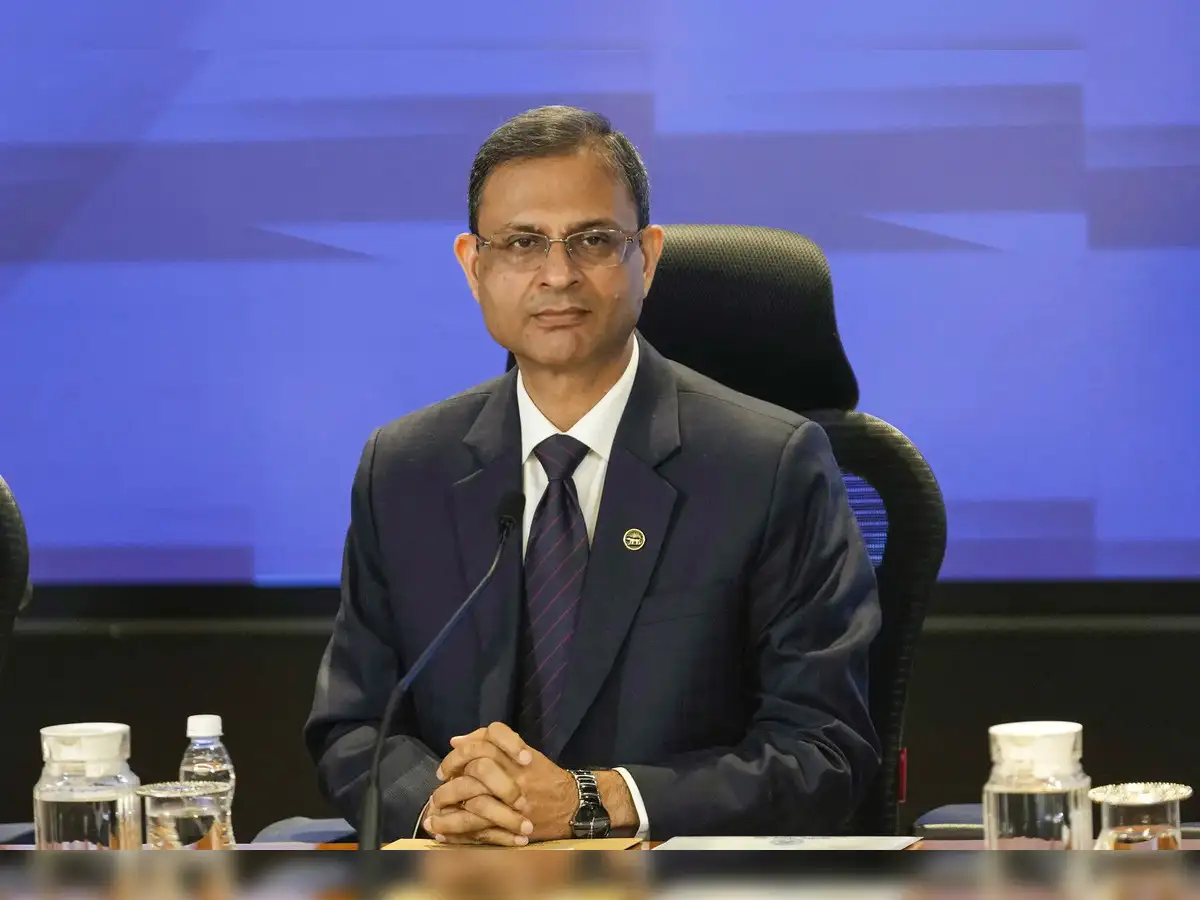The Red Fort blast case has become one of the most alarming investigations in recent years, exposing a covert terror module operating quietly inside India. What initially appeared to be an isolated explosion near the iconic Red Fort soon unfolded into a complex network involving radicalised professionals, encrypted communications, home-based laboratory setups, foreign handlers, and large quantities of explosive materials.
Among all the revelations, the most disturbing detail is that a foreign terror handler shared 42 bomb-making instructional videos with a doctor in Faridabad using encrypted messaging apps. This incident not only highlights the growing influence of remote radicalisation but also underscores how technological anonymity is empowering terror networks to guide attacks without crossing borders.
1. Background of the Red Fort Blast Case
The Red Fort blast case revolves around an improvised explosive device (IED) that detonated near the heritage monument. The explosion caused panic and immediate response from security agencies. What followed was a series of raids, forensic analyses, and intelligence operations that revealed a much deeper conspiracy.
Investigators soon discovered that the blast was not an accident, nor was it carried out by an inexperienced individual. Instead, the attack was staged by a carefully structured terror module operating with guidance from a foreign handler. The blueprint of bomb-making was not developed locally — it was transmitted digitally via encrypted apps, allowing the module to operate with high precision while avoiding detection.
This breakthrough led to a larger question:
How did a foreign handler bypass security networks and manage to instruct Indian operatives remotely?
2. Discovery of a Radicalised Professional Network
One of the most shocking aspects of the investigation was the involvement of doctors and educated professionals. Security agencies found that the Faridabad-based doctor who received the bomb-making videos was part of a radicalised trio. This group included:
- Young medical professionals
- Highly educated individuals
- Persons with access to institutional facilities
- People with technical literacy capable of assembling devices
Professionals like doctors typically carry public trust and societal credibility. Their participation in a terror module exposes a dangerous shift — radicalisation is no longer confined to remote or uneducated sectors but has penetrated the educated and urban workforce.
This raised red flags among intelligence agencies, prompting deeper examination of radicalisation trends among professionals.
3. The Role of the Foreign Handler
At the center of this investigation lies a foreign handler who managed the module remotely. The handler’s responsibilities reportedly included:
- Recruiting vulnerable individuals
- Sending radical ideological content
- Sharing technical bomb-making videos
- Providing step-by-step operational instructions
- Guiding communication security and digital anonymity
- Supervising the overall attack plan
Although the identity is still under investigation, the handler is believed to be associated with a cross-border terror group. Instead of physical infiltration, the handler used digital infiltration — a strategy that has become increasingly common in modern terrorism.
The ability to operate from abroad and still orchestrate a domestic attack shows how the digital age has enabled remote warfare without physical borders.
4. Transfer of 42 Bomb-Making Videos
The most crucial discovery in the case was the transfer of 42 bomb-making tutorial videos to the Faridabad doctor. This was not a single video or a simple PDF manual — it was a comprehensive set of instructional materials covering everything needed to:
- Procure required chemicals
- Mix explosive compounds
- Assemble detonators
- Build triggering circuits
- Create remote-controlled devices
- Test explosives
- Store volatile materials safely
- Deploy IEDs in vehicles or public areas
The number 42 itself highlights that this was a meticulously planned operation with layered instruction. Each video contributed to a different stage of bomb-making.
This was not amateur guidance — it was a structured digital training course for terrorism.
5. Use of Encrypted Messaging Apps
Modern terror modules have replaced physical meetings with encrypted digital communication. In this case, the operatives used:
- Encrypted chat apps
- Self-destructing message features
- Hidden channels
- Proxy accounts
- Virtual mobile numbers
- Cloud-based sharing tools
These tools allowed them to evade early detection. Investigators noted that:
- The communication was highly compartmentalised
- Instructions were passed through secure channels
- Data logs were erased immediately
- Videos had download restrictions
- Tracing origins required deep digital forensics
The shift to encrypted communication platforms demonstrates how technological tools meant for privacy can be exploited for unlawful purposes.
6. The Home-Based Bomb-Making Lab
Raids in Faridabad revealed that the radicalised doctor had set up a home-based laboratory for testing and assembling explosive devices. This lab included:
- Chemical containers
- Electronic timers
- Detonation circuits
- Batteries and wiring
- Impact-resistant containers
- Protective gear
- Metal shards and shrapnel components
- Heating elements
- Glass beakers and measuring tools
The setup resembled a mini-chemistry lab, but its purpose was illicit and extremely dangerous. The discovery of this lab indicates that the doctor was not merely a passive receiver of videos — he was actively testing and attempting to replicate the instructions.
In some cases, experiments were conducted multiple times to achieve the right explosive yield.
7. Procurement of Chemicals and Components
Terror modules often purchase materials in small quantities to avoid detection. In this case, materials were acquired through:
- Online marketplaces
- Local chemical shops
- Electrical hardware stores
- Scrap markets
- Generic household supplies
The operatives were careful not to raise suspicion by buying large quantities at once. Instead:
- Purchases were spread over weeks
- Items were bought from different shops
- Multiple accounts were used
- Cash payments were preferred
This procurement strategy made detection difficult until the raid exposed the full collection.
8. Vehicle-Based Improvised Explosive Device (VBIED) Preparations
Investigators found that the module was preparing vehicle-based IEDs. This suggests a potential plan for:
- High-impact attacks
- Wide-area damage
- Crowd-targeted events
- Monument or landmark targeting
The explosion near Red Fort was likely a part of this plan. The use of vehicles enhances:
- Mobility
- Blast radius
- Concealment opportunity
- Ease of placement
Vehicle-based IEDs remain a commonly used tactic by remote-guided terror modules globally.
9. The Radicalisation Timeline
The radicalisation process for the module appears to have followed this pattern:
Step 1: Exposure to ideological content
Step 2: Online interaction with sympathisers
Step 3: Identification by foreign handler
Step 4: One-to-one communication established
Step 5: Transfer of encrypted apps and instructions
Step 6: Sharing of bomb-making tutorials
Step 7: Formation of small operational group
Step 8: Setting up of local laboratory
Step 9: Testing explosives
Step 10: Attempted deployment
This timeline shows how modern radicalisation can transition a professional individual into an operational militant entirely through digital means.
10. Security and Intelligence Responses
Following the discovery of the module, authorities launched:
- Multi-agency investigation teams
- Digital forensics units
- Cross-border intelligence coordination
- Surveillance on sensitive institutions
- Warning advisories to professional bodies
A large quantity of explosive material was seized, preventing potentially major attacks.
11. National Security Implications
The case highlights several vulnerabilities:
1. Educated individuals being radicalised
White-collar professionals can access resources more easily and provoke less suspicion.
2. Digital terror training replacing physical training camps
Remote instruction allows handlers to operate from safe foreign zones.
3. Encrypted platforms shielding terror communication
This makes early detection extremely difficult.
4. DIY bomb-making kits enabling small independent cells
Even tiny modules with minimal physical contact can execute attacks.
5. Terror networks exploiting urban anonymity
Cities provide cover through crowds, rentals, online services, and supply stores.
These implications demand new counter-terror strategies.











